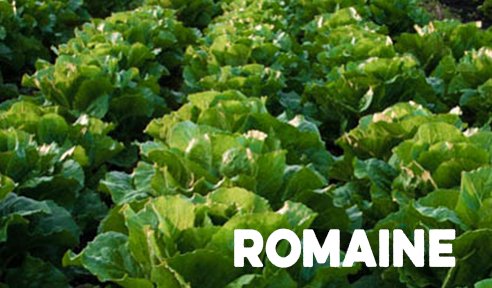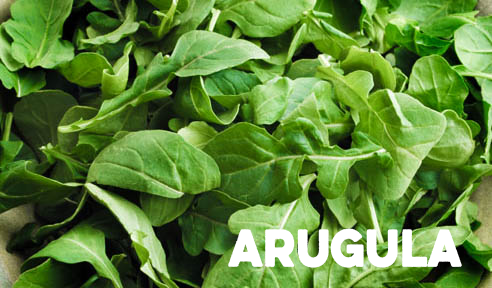We throw spinach in our smoothies, top breakfast, lunch and dinner with arugula, and would die without kale. Raw or cooked, in a salad or a pasta – it doesn’t matter – we love to pile our plate with our favorite nutrient-rich leafy greens. And for good reason. But what is the difference between chard and microgreens, anyway? Which leaves pack a mean protein punch and which are better than a multivitamin? Keep reading for our rundown of some of the most powerful greens including their nutrient profiles and the tastiest way to prepare each one.
The green known for its peppery bite has the most calcium of all the salad greens. Arugula is also packed with antioxidants like vitamin A, C, and K plus is a great source of manganese. This combination is great for protecting your bones. And this leafy green can do way more than just act as an accent to your tossed salad. Try it as an alternative to baby spinach – you can wilt it and it into risottos, soups, pastas, and even a frittata.

This leaf is pretty on the inside and the outside. Antioxidants, iron, and chlorophyll are just some of the nutrients found in chard, whose stems are also packed with fiber. The green also contains carotenoids, which help to protect your eyes against harmful UV rays, and folate—key for healthy pregnancies. This is one of those greens that is better cooked, rather than raw. It’s also recommended to blanch chard: to get rid of its muddy quality. Pair it with lentils or browned onions.

Eat your greens – or in this case eat your flowers. Dandelion greens come from the same family as sunflowers and daisies, but they’re just as nutritious as the other similarly hued options in the supermarket. In fact, they’re all-stars when it comes to detoxification: great for liver health and full of potassium to keep the body free of impurities. They may be a bit more bitter than what you’re used to, but there are ways to slowly add them in to your lunch routine. Try mixing them into your go-to salad green for starters, or chopping them up and eating them blanched with olive oil and lemon juice for a Mediterranean-style salad.

Judge them by their size do you? Don’t let their miniature size fool you—microgreens’ nutritional value is supersized. But what, exactly, are they you ask? Microgreens are veggie shoots (everything from arugula to radishes) picked as soon as the first leaves sprout. The tiny salad greens are full of highly concentered vitamins. But be sure to buy these organic or at your local farmers’ market—the tiny leaves are fragile and can harbor bacteria, so you’ll want to show them a little extra love. Try adding a sprinkling of microgreens to a salad or sandwich to add a flavor kick and a nutrient boost to your meals.

If you normally throw iceberg lettuce into your salad bowl, try swapping it out for some romaine. An easy rule of thumb, when it comes to leafy greens: the darker the leaves, the better (the depth of the color corresponds with the nutritional value). This salad green is full of antioxidants and is also a great source of tryptophan: the natural sleep-enhancing amino acid tryptophan. And if you’ve only ever eaten romaine raw, try branching out and slightly stir frying it with white wine. That’s right: romaine and wine, together.
Want more health hacks and wellness insights? We got you covered. You'll also receive a code for 15% off your first order!


